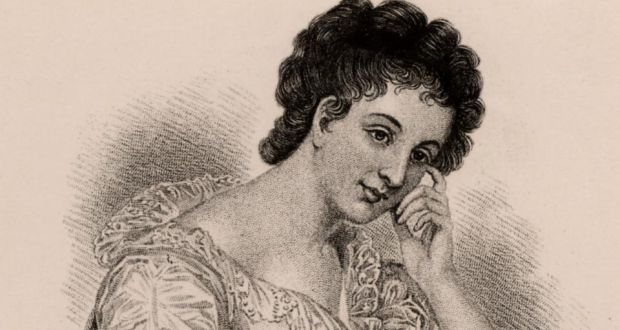Maria Edgeworth’s Letters from Ireland
selected and edited by Valerie Pakenham (Lilliput Press, €40.00hb, €25.00pb)
The landed gentry and the great houses of Ireland have not had a great reputation in general. But many of those for whom the traditional nationalist narrative has long sufficed, might well have their minds, if not changed, at least refined by reading this wonderful book edited by Valerie Pakenham (otherwise Lady Pakenham and wife of Thomas Pakenham the historian and tree enthusiast).
Valerie Pakenham’s home at Tullynally is a neighbouring property made famous across Europe by Richard Lovell Edgeworth and his eldest daughter, the author Maria Edgeworth.
It was her novel Castle Rackrent (1800) which was credited by Sir Walter Scott with inspiring him in 1805 to attempt something of the same kind of portrait of national manners and history in his own first novel Waverly, or ‘tis Sixty Years Since (1814), a sympathetic account of the last Jacobite rebellion.
Thus was the great European literary tradition of the historical novel invented, a major literary genre not now perhaps in such vogue as it once was, but the importance of which as whole for European culture was explored by Georg Lucacs in The Historical Novel (1937). This invention is one of Ireland’s great cultural achievements.
But Maria and her father were also pioneers in child-centred education and in the creating of books for children.
I have to admit that when I first visited Edgeworthstown House back in the 1960s – when it was still a convent – it seemed an unremarkable house set in a flat dreary countryside.
Today it is a nursing home and admits no casual visitors. A small museum and literary centre in the town itself is devoted to Maria Edgeworth. But in this book something of the extraordinary intellectual, social, and emotion vitality of Maria and the other Edgeworths is revealed.
Passions
Far better than any biography can often do, collections of letters such as this one present a very vivid, lively and in the end deeply insightful view of a person. In these pages Maria and her father come across in all their intellectual passions, but also as real human beings.
It was an extraordinary household, for Richard Lovell was much married and the stalwart Maria was the eldest of 22 children all living in the same home. The place was a living advertisement for the joys, benefits, and the pains, of family life.
So I have to admit that the superficial view of my younger self, by going by appearances, missed the true scale of what was achieved in the way of living and thinking at Edgeworthstown House. Readers of all kinds will be grateful to Valerie Pakenham for all the work that has gone into this well assembled and beautifully illustrated book.
Not to know about Maria Edgeworth is not to know important things about Ireland.


 Peter Costello
Peter Costello Maria Edgeworth
Maria Edgeworth 